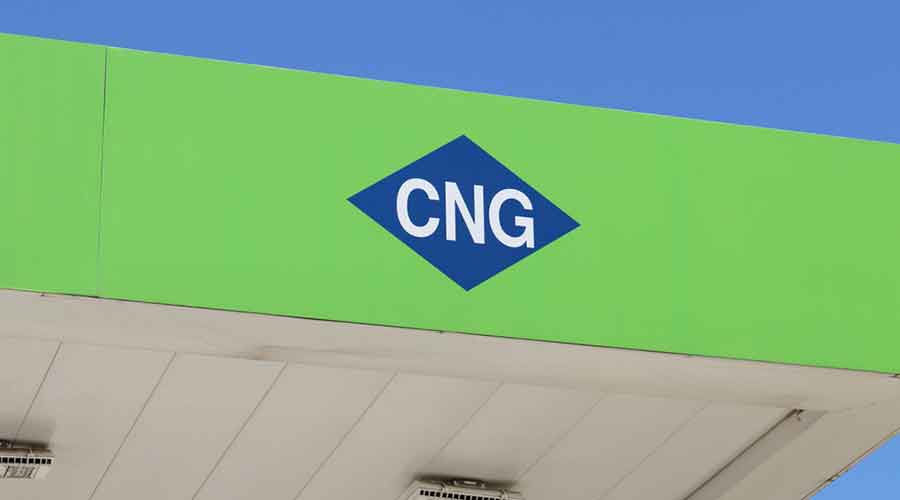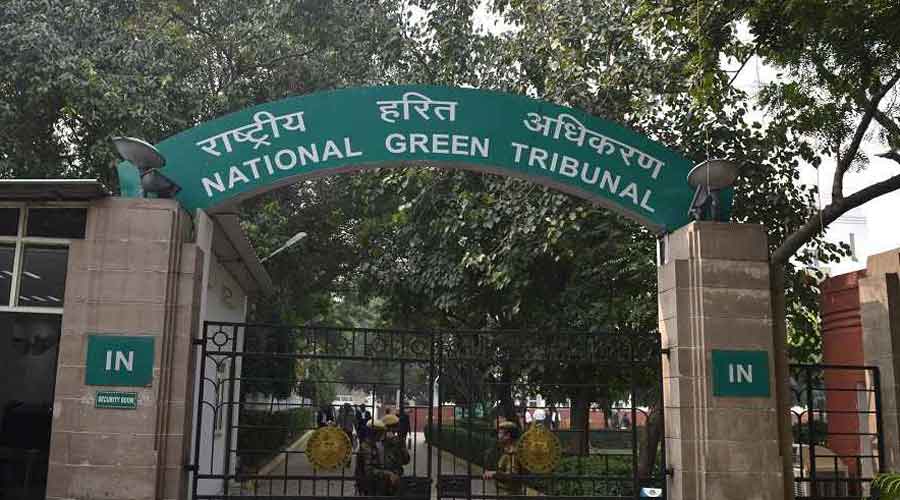A plant that can produce 140kg of compressed natural gas (CNG) — an environment-friendly alternative to petrol and diesel — from 5000kg of biodegradable waste daily will become functional later this month.
The Kolkata Municipal Corporation’s plant has come up at the Dhapa waste disposal ground.
The raw material for the plant — biodegradable waste — will be sourced from markets across the city. The bulk of biodegradable waste is made of food, vegetable and fruit waste.
A KMC official said the CNG that the Dhapa plant would produce would power trucks owned by the civic body.
“We have already converted one diesel truck into a CNG-powered one. Some more trucks will be converted. We now buy CNG from the market. Once the Dhapa plant is opened, we will use the CNG produced by it,” the official said.
“We have plans to increase the capacity of the plant after observing for a few months how it works.”
The Kolkata municipal area alone produces about 4,500 tonnes of solid waste every day.
Even after the new plant is functional, less than a fourth of the solid waste in Kolkata will remain untreated.
The KMC treats about 504 tonnes of solid waste daily, said officials.
Once the Dhapa facility is operational, another 5 tonnes of waste will be treated.
Some waste undergoes treatment through informal processes, said a KMC official.
Waste treatment mean srecycling waste or using waste as raw materials to create something that can be used.
The National Green Tribunal had recently asked the West Bengal government to keep Rs 3,500 crore in an account and use it for waste management purposes.
Brajesh Dubey, a professor of waste management at IIT Kharagpur, said modern waste management principles demand that waste be treated instead of just dumped.
“Only the waste that is left behind after treatment in the plants should go to the landfill sites,” he said.
“Ideally, no untreated waste should go to a landfill site.”
Debabrata Majumdar, mayoral council member of the KMC in charge of solid waste management, said they were “trying to make the waste management system more efficient”.


